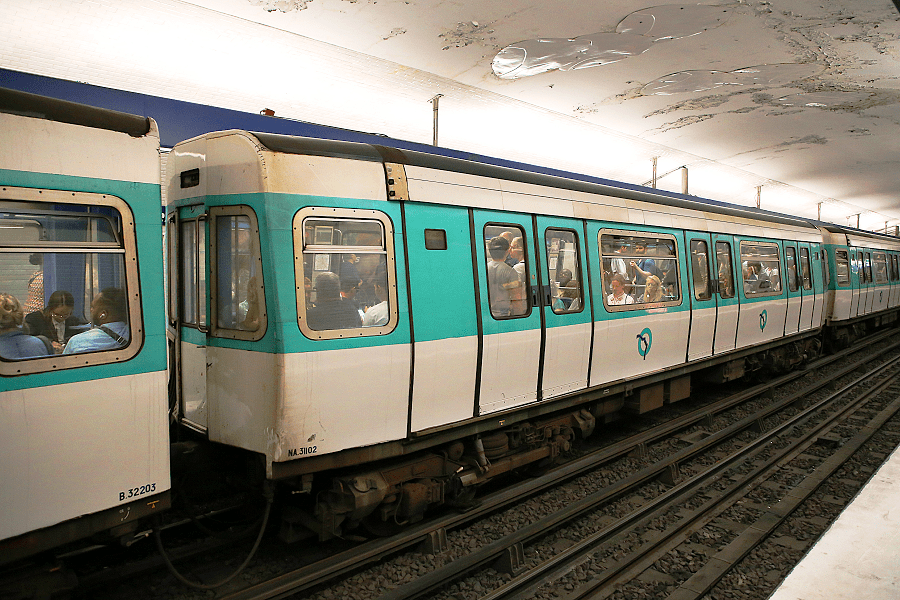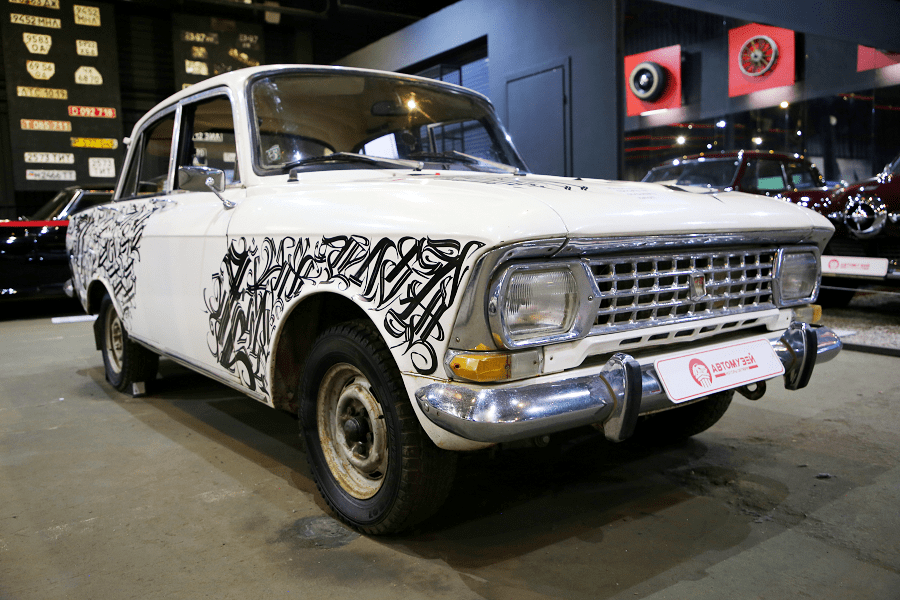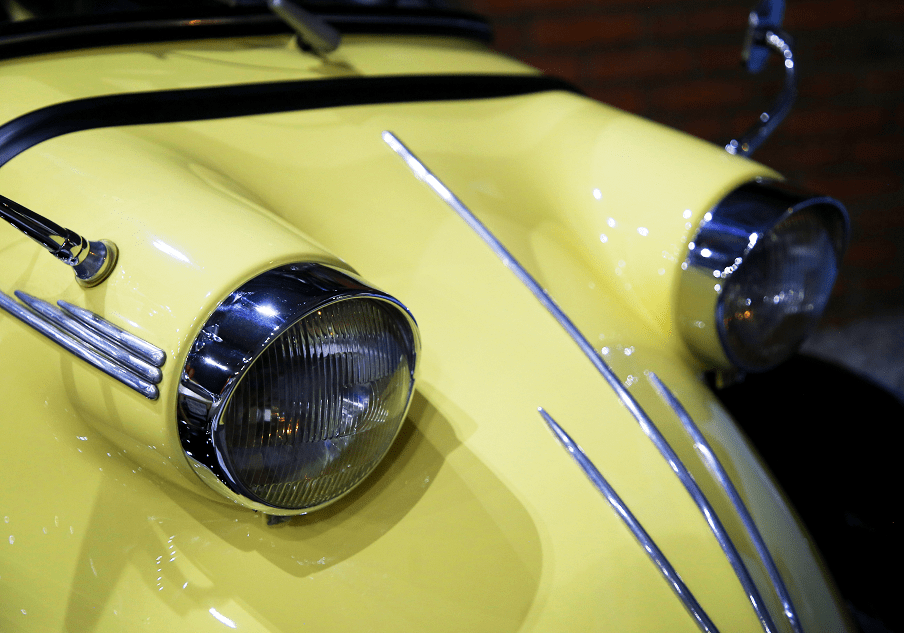The MF 77 (abbreviated from the French Metro Fer appel d’offre 1977) is a steel-wheeled variant of the rolling stock used on the Paris Métro. First used in 1978, it now runs on Lines 7, 8, and 13.
Unlike previous models, the MF 77 was designed for travel into the immediate suburbs of Paris, and as a result has a maximum speed of 100 km/h (62 mph) which has yet to be fully utilized. In addition, it sports a new, curved silhouette with a wider midsection. Its original exterior colors, blue and white, led passengers to refer to it as le métro blanc, or white metro.
History
In the early 1970s, upon the completion of the MF 67 delivery, at the time the newest steel-wheeled trains on the Métro, many technological advances in braking and traction caused the RATP, which oversees operations of the Parisian public transport network, to examine the possibilities for new steel, rather than rubber, wheeled trains to replace the aging Sprague-Thomson fleet.
Thus, the RATP commissioned a consortium of companies including Alstom, CEM, Creusot-Loire, and Jeumont Schneider, to design a new addition to the Métro’s rolling stock, the MF 77.
The RATP’s goal at the time of commission was for 1,000 cars, 600 of which to contain engines for 200 five-car sets. Later, the order was reduced to 187 sets for a total for 935 cars. The first trains were delivered in the summer of 1978 and entered passenger service on 26 September that year on Line 13, whose MF 67 trains were transferred to Line 8. A second order of ten sets was contracted on 4 February 1983, released in 1985 and 1986.
Constructor: Alstom (France)
Years of production: 1978—1986
Production: 197
Track gauge: 1,435 mm
Capacity (per trainset): 574 passengers (128 seats)
Power output: 1500 kW
Max speed: 100 km/h
Empty weight: 130,8 t















